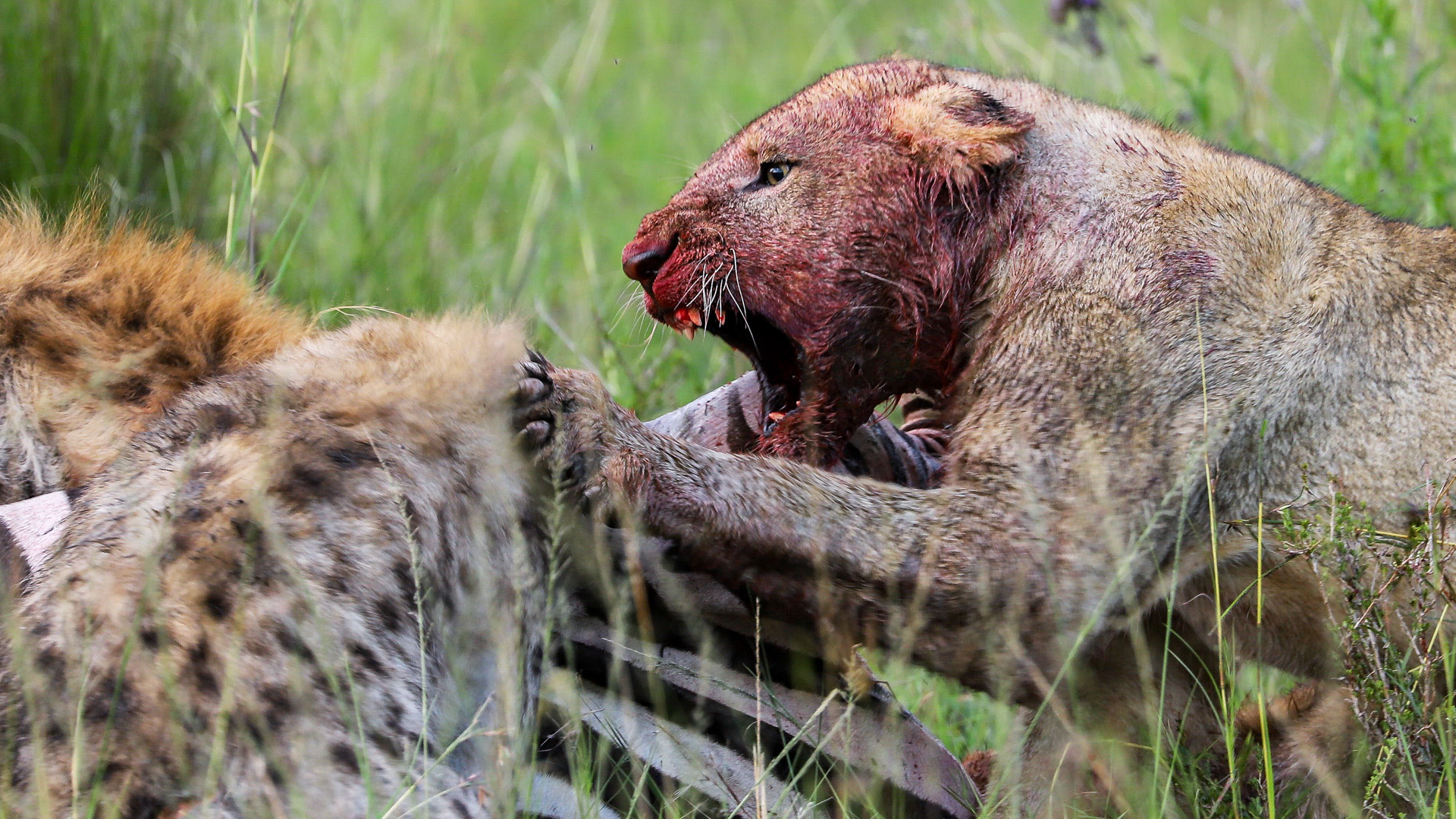
There is something about this remote place that feels as though we are at the edge of the earth. Not only the vastness of the land but the brightness of the skies. At this time of year, the sunrise is not until about 6h40am. Early in the morning Robert, my colleague, and I went out on a drive while it was still dark. When it is not cloudy, the skies are rich with stars until slowly, one by one, they begin to fade away and the sun starts to illuminate our side of the world.
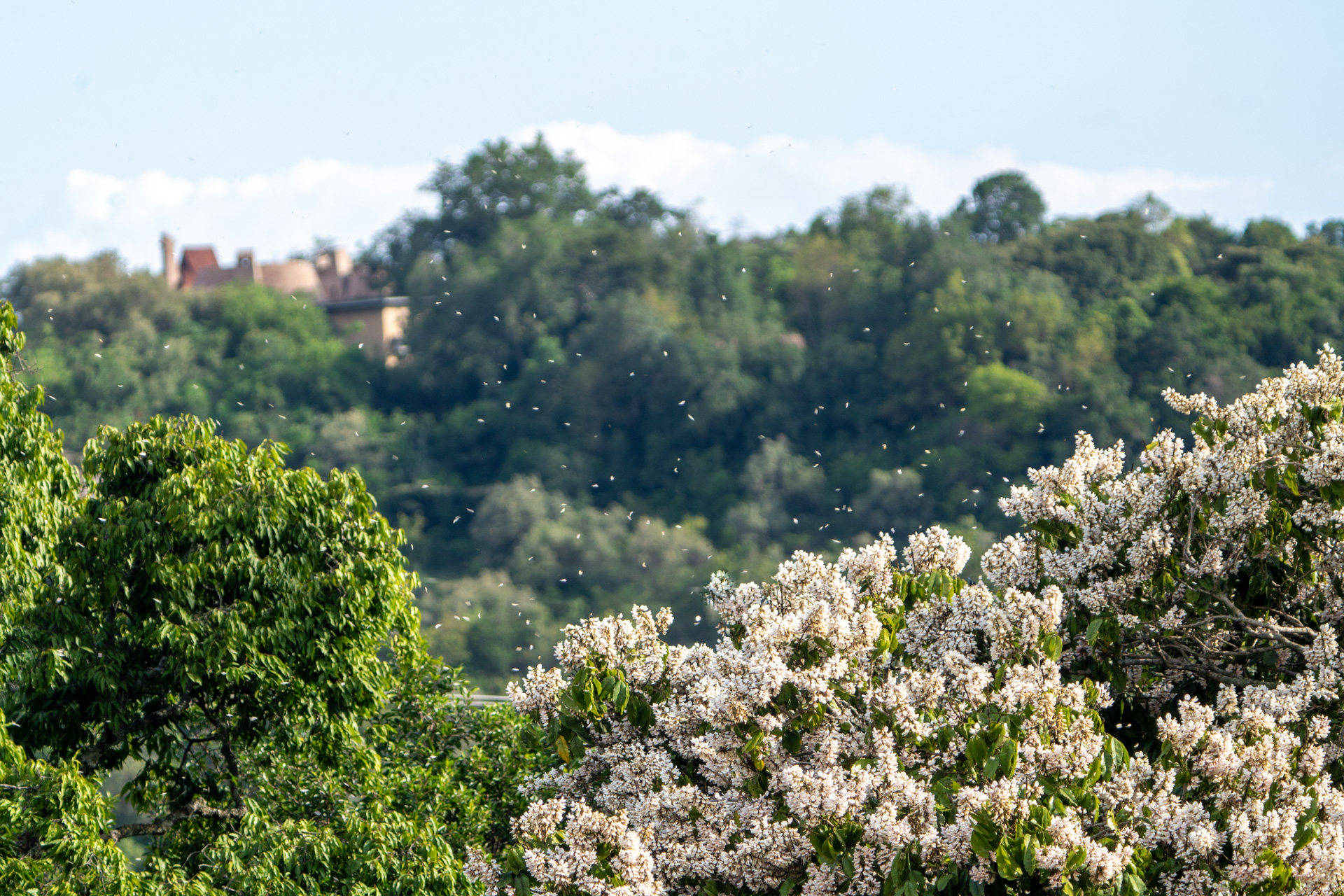
For the past few weeks, a tree called the Craibia Brownii (in the Pea wood family) has been flowering, producing wonderful white blooms with a strong scent. As our drive began, we noticed a heavy fog that left the grass and trees wet; as the sun slowly came up behind some trees near the river, it was diffused. When the brightness of the sun is reduced its surface can be seen. In the image below, solar spots and flares are visible — due to different temperatures and the shift in magnetic fields, they appear darker than the surrounding parts. The same morning, the moon could be seen above the fog, with Tycho (a prominent lunar crater) clearly visible. We continued along to discover what gifts the Mara had for us.
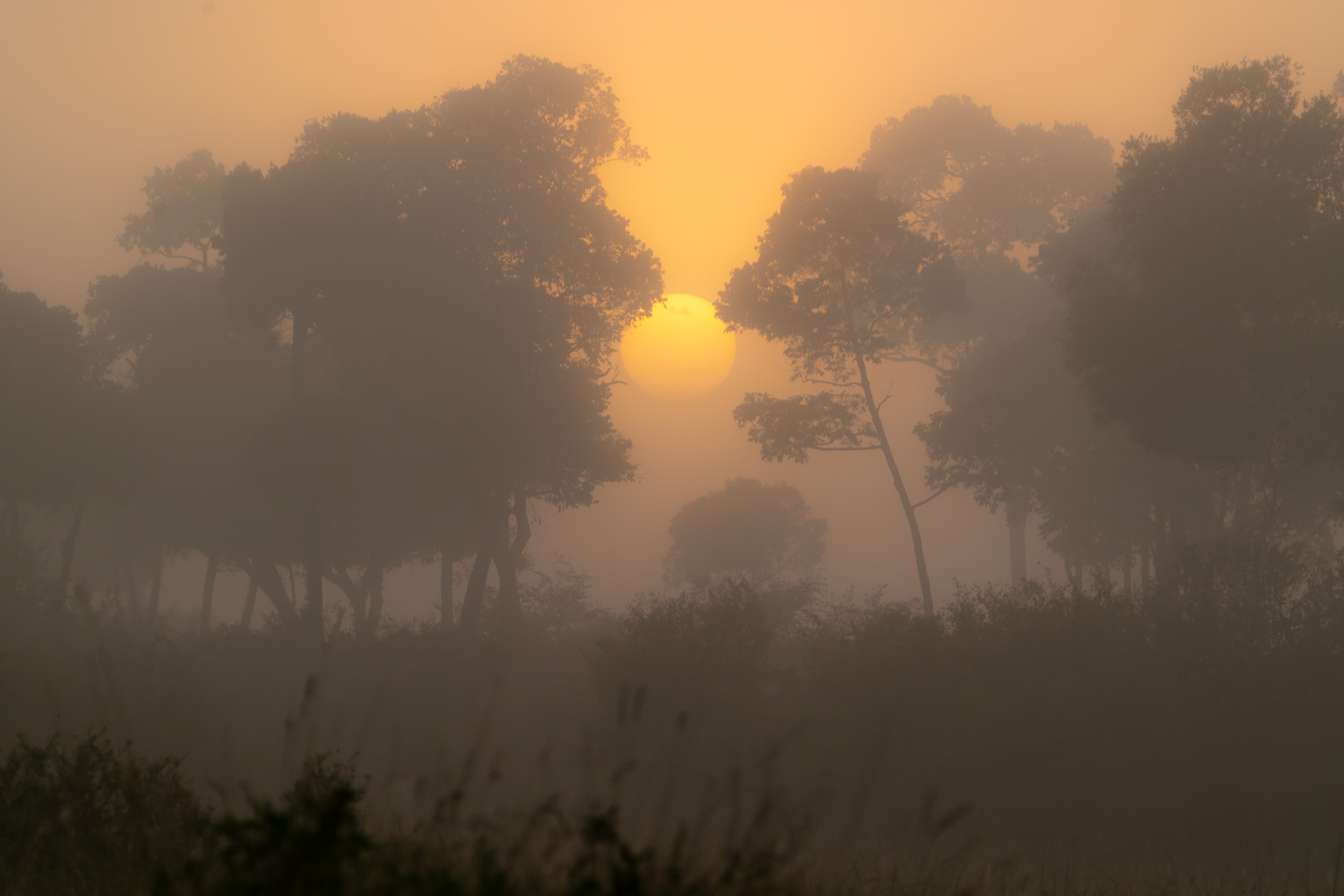
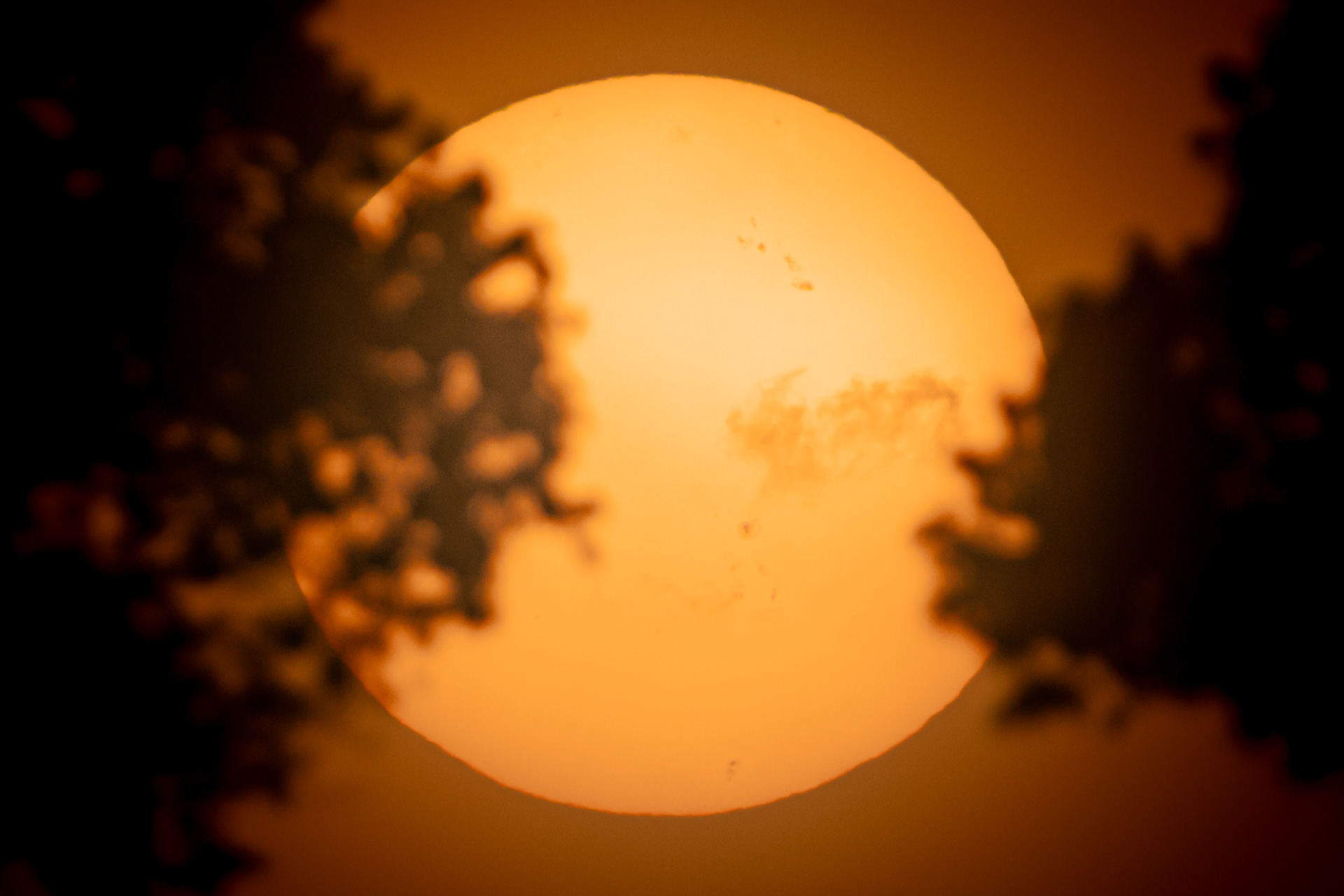
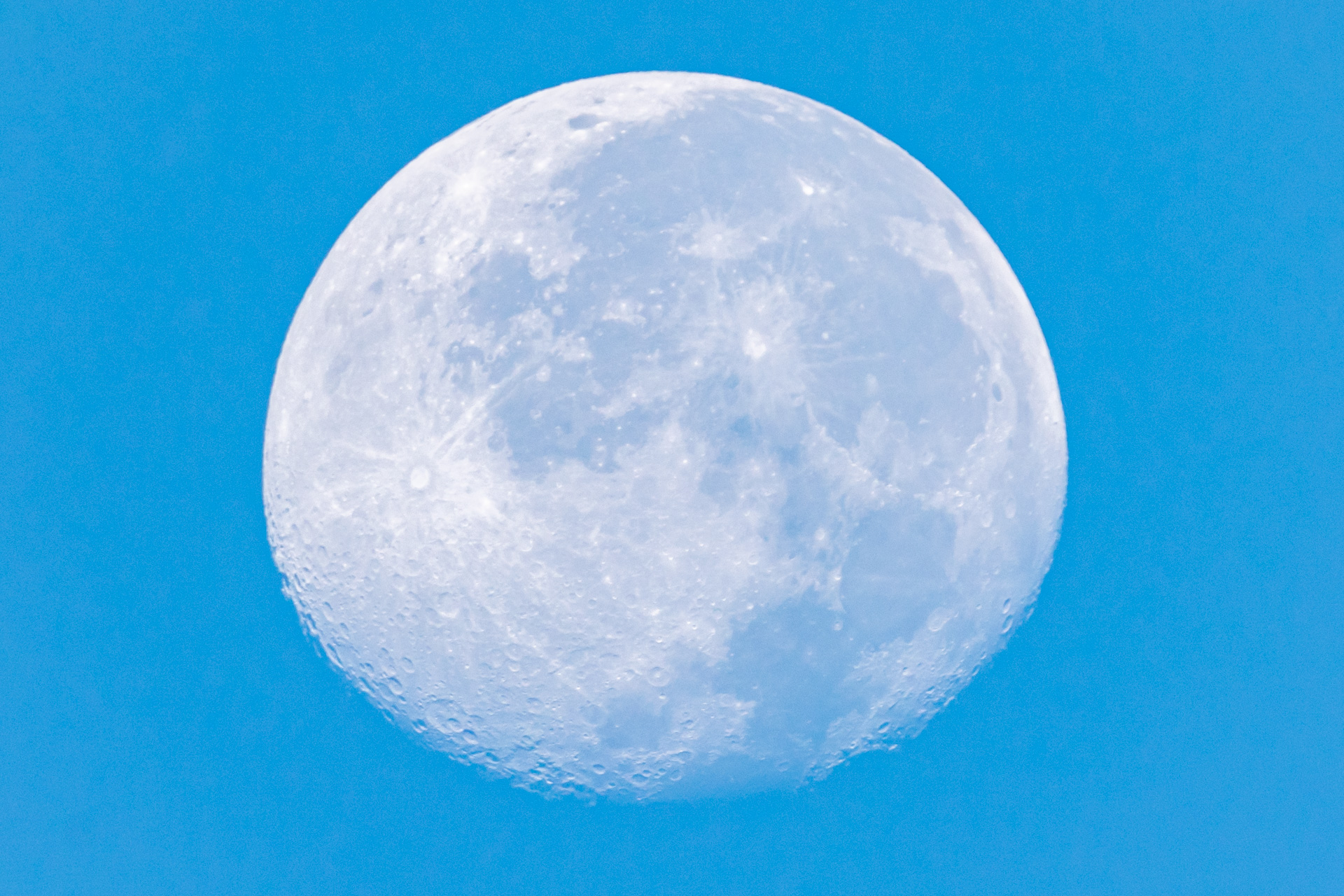
As we drove towards the part of the park referred to as 'Military', we came across a lioness on the move. She walked slowly towards a small pond and began to drink, panting and obviously full. It was a fairly hot day and she slipped into the water and cooled off for a bit. We drove past and right around a small hill was the scene of a dead elephant and three lions feeding on it. At one point, the lions had nearly half their bodies inside the carcass. It is assumed that the elephant died of natural causes; we noticed the tusks were missing and the guides informed us that the rangers had removed them so they could not be stolen by poachers. Vultures and a few hyenas lingered nearby.
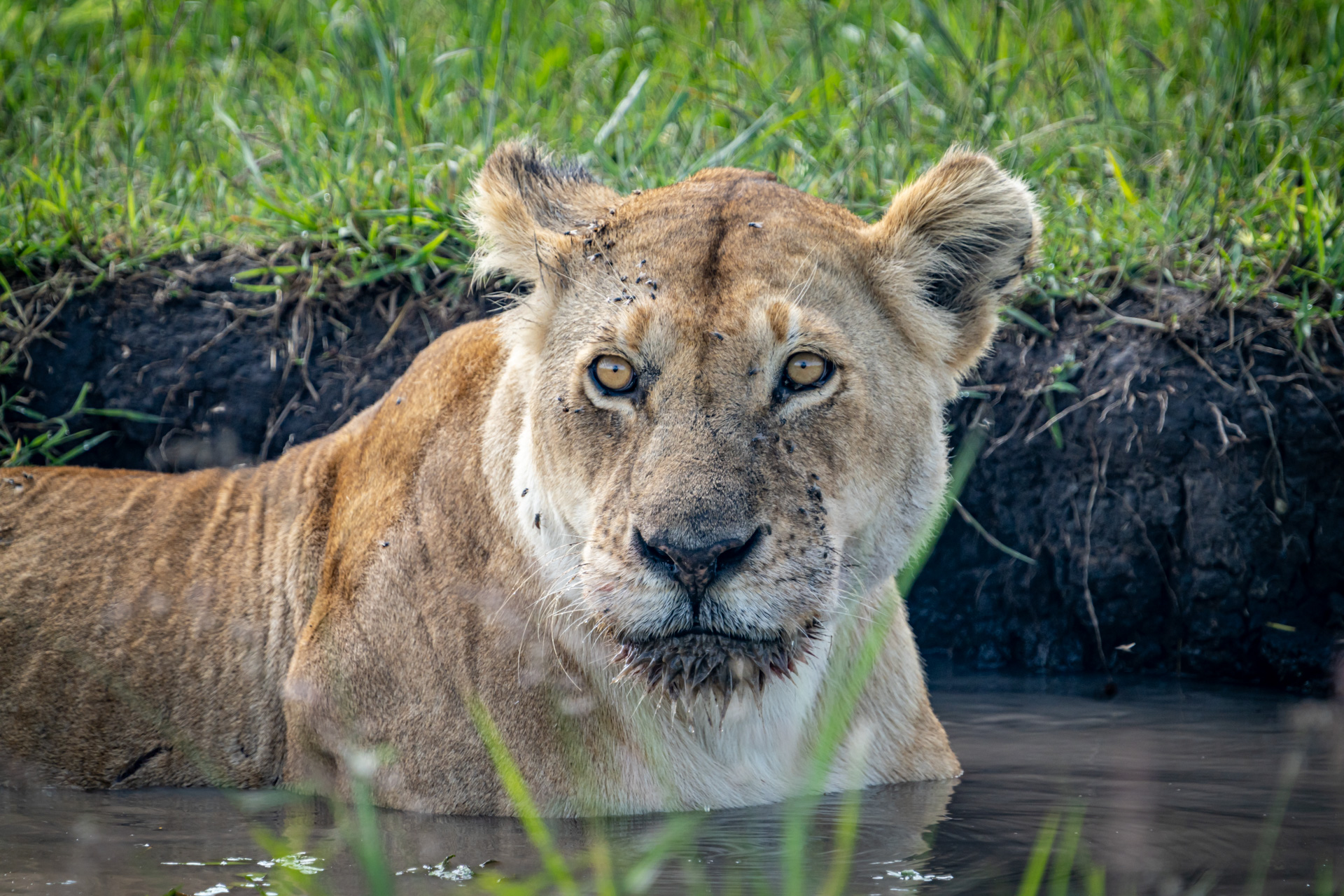
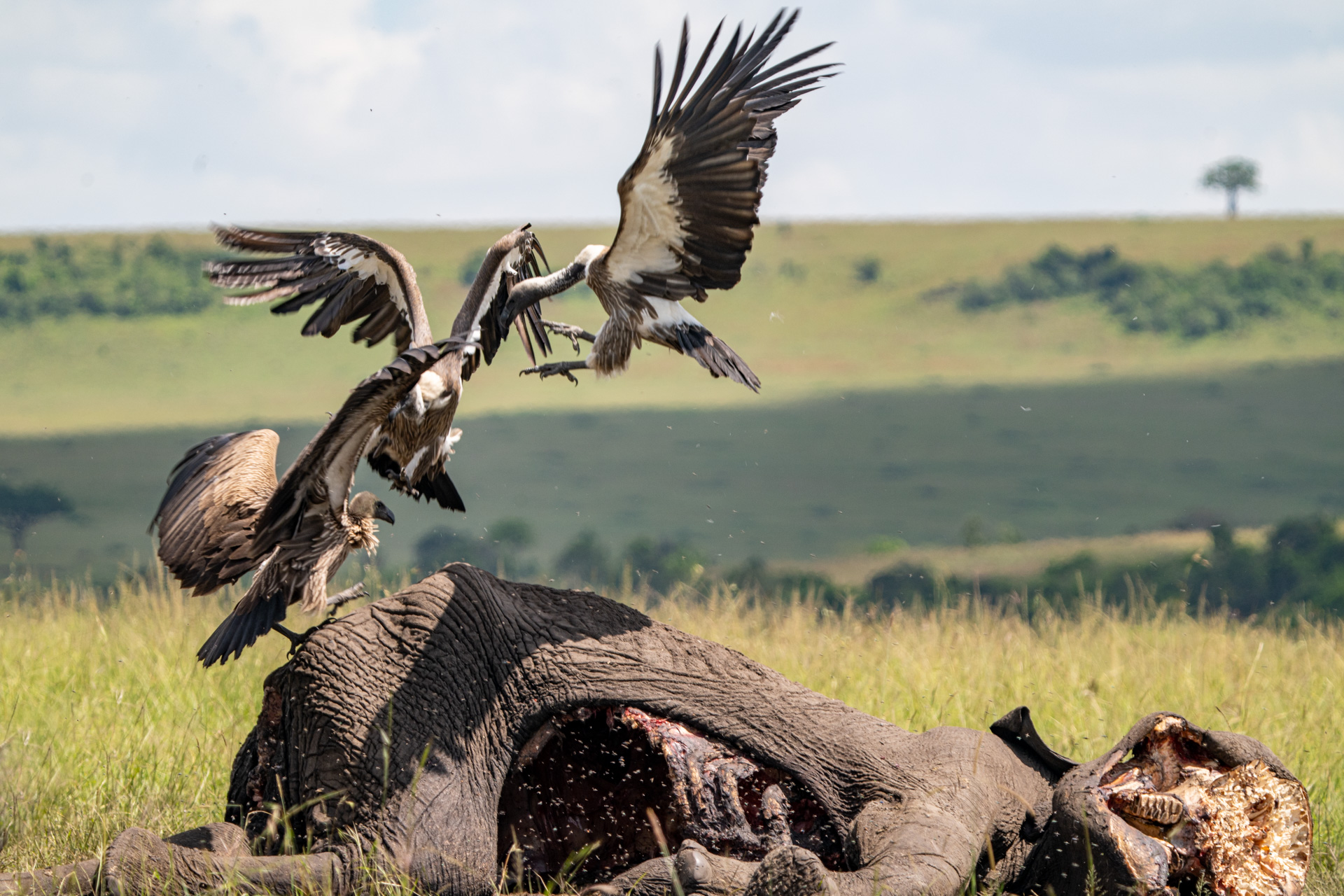

The fierce and unforgiving sun drove the lions towards a shaded area where the rest of the group was resting. We drove towards them and discovered this was the Border Pride. There were at least four small cubs, seven females and two adult males. We recognize the males as those who arrived from the Serengeti a few months ago (TWAA #227 features a lion with a distinct patch of fur near his left eye). Once the lions had left, the vultures began to jump onto the carcass and take what they could get. In a nearby bush, there was a male with the lone female we had seen earlier. We saw them mating twice about half an hour apart, then he went back to the kill and chased all the vultures away. He then ate what was remaining of the elephant.
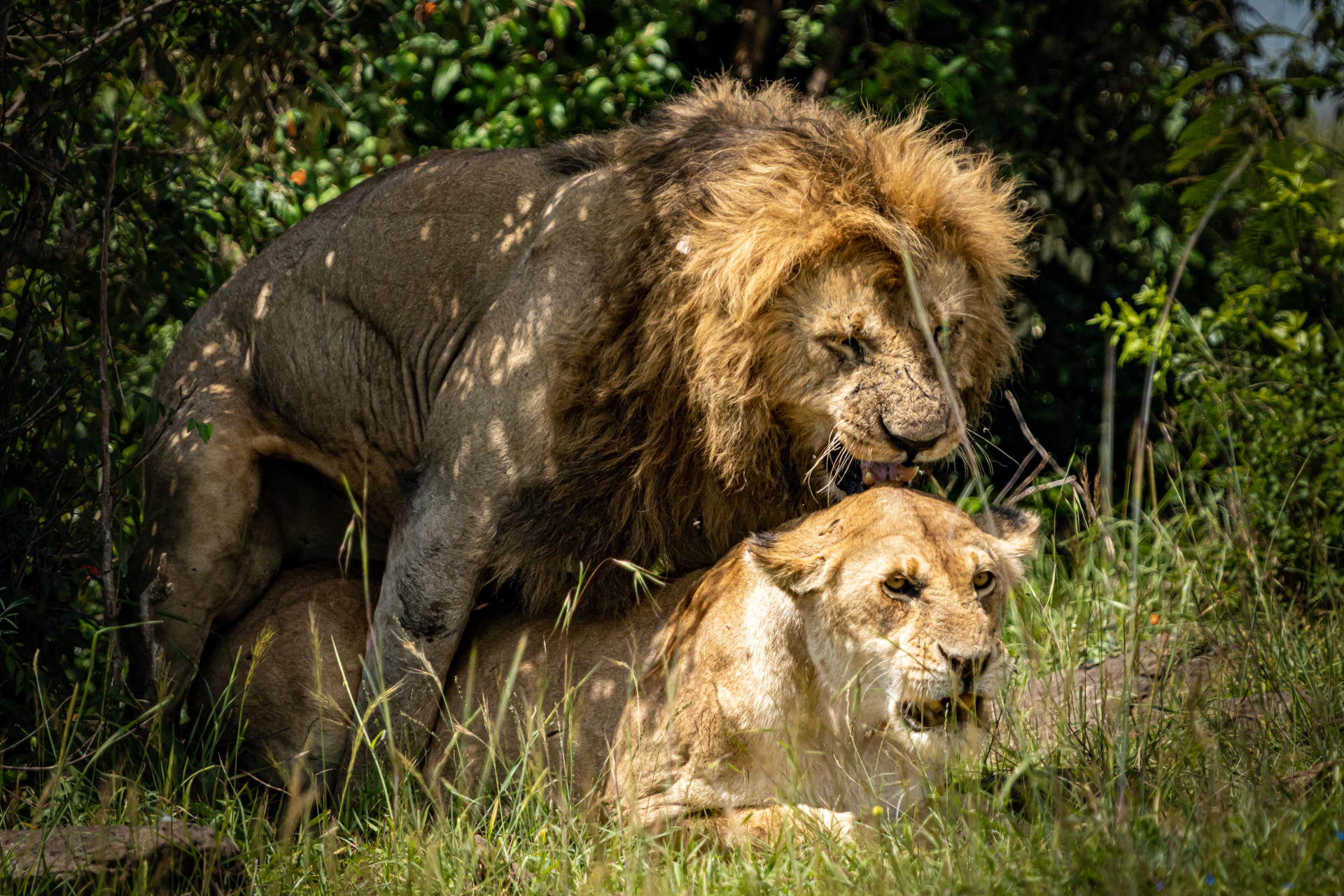
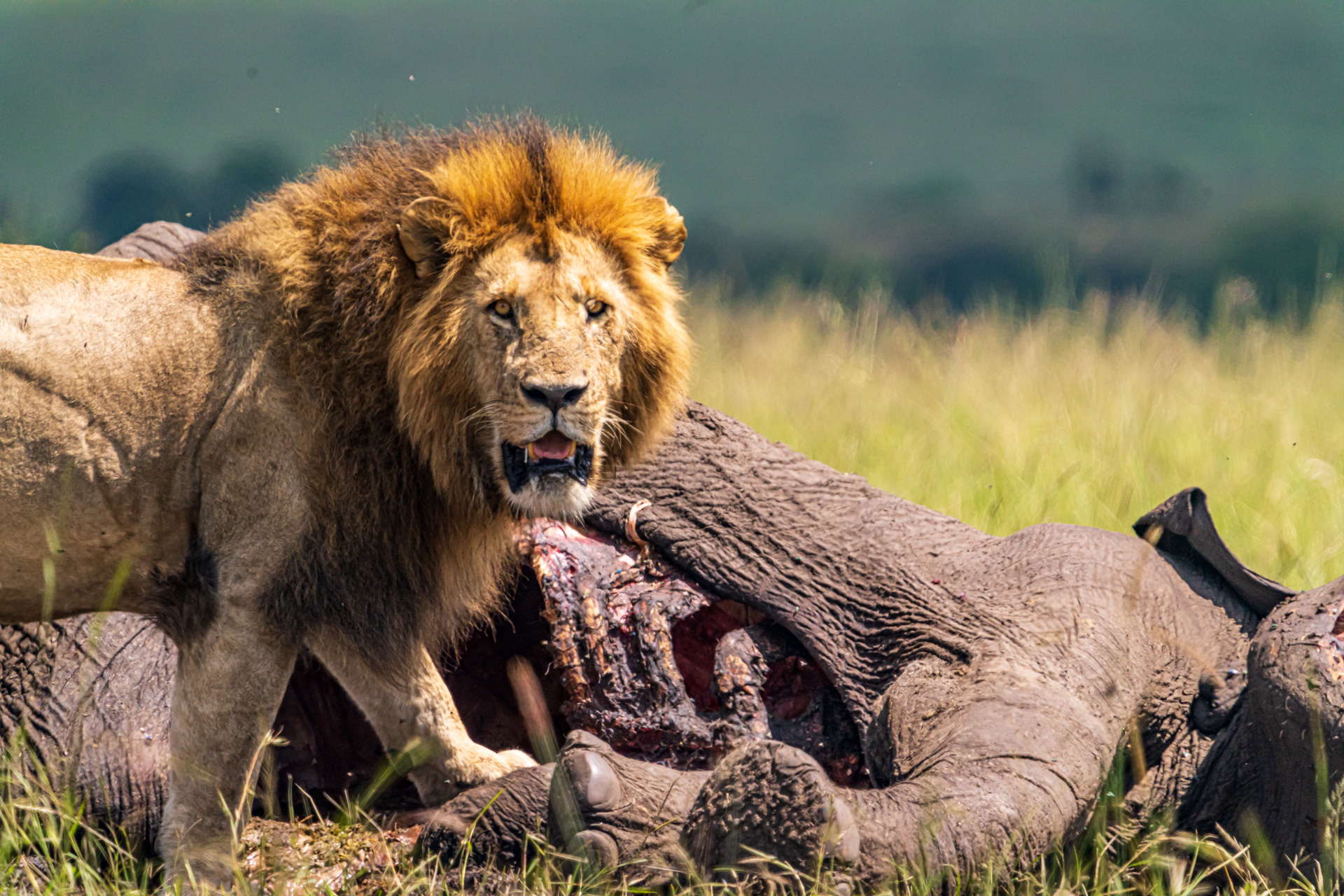
Fred, one of Angama's experienced guides, spotted an epic encounter before it happened. He was guiding the Lewitton family; Jake had rented a camera and was able to capture some wonderful images during his stay. Earlier in the morning, they ran into the Swamp Pride near the Maji ya Ndege area, laying around and not very active. Instinctively, Fred decided to return to the location later in the afternoon and found them in a unique formation, not far from a dazzle of zebras. The single Swamp lioness went off on her own and the younger sub-adult cubs grouped and began to run toward the zebras — they created a strategic and highly efficient ambush.

The zebras began to bray loudly and often. In the commotion, the lioness managed to take down a zebra and within minutes the others joined. They must have been hungry as they quickly began eating the zebra while the lioness sat to the side to catch her breath. It wasn't long before a number of hyenas appeared out of the grass. As the lions fed, the lioness tried to protect them; this went on for several minutes. Eventually, there were more than 15 hyenas outnumbering the lions and taking over the kill. A small cub was found with the pride, no more than a couple of months old.

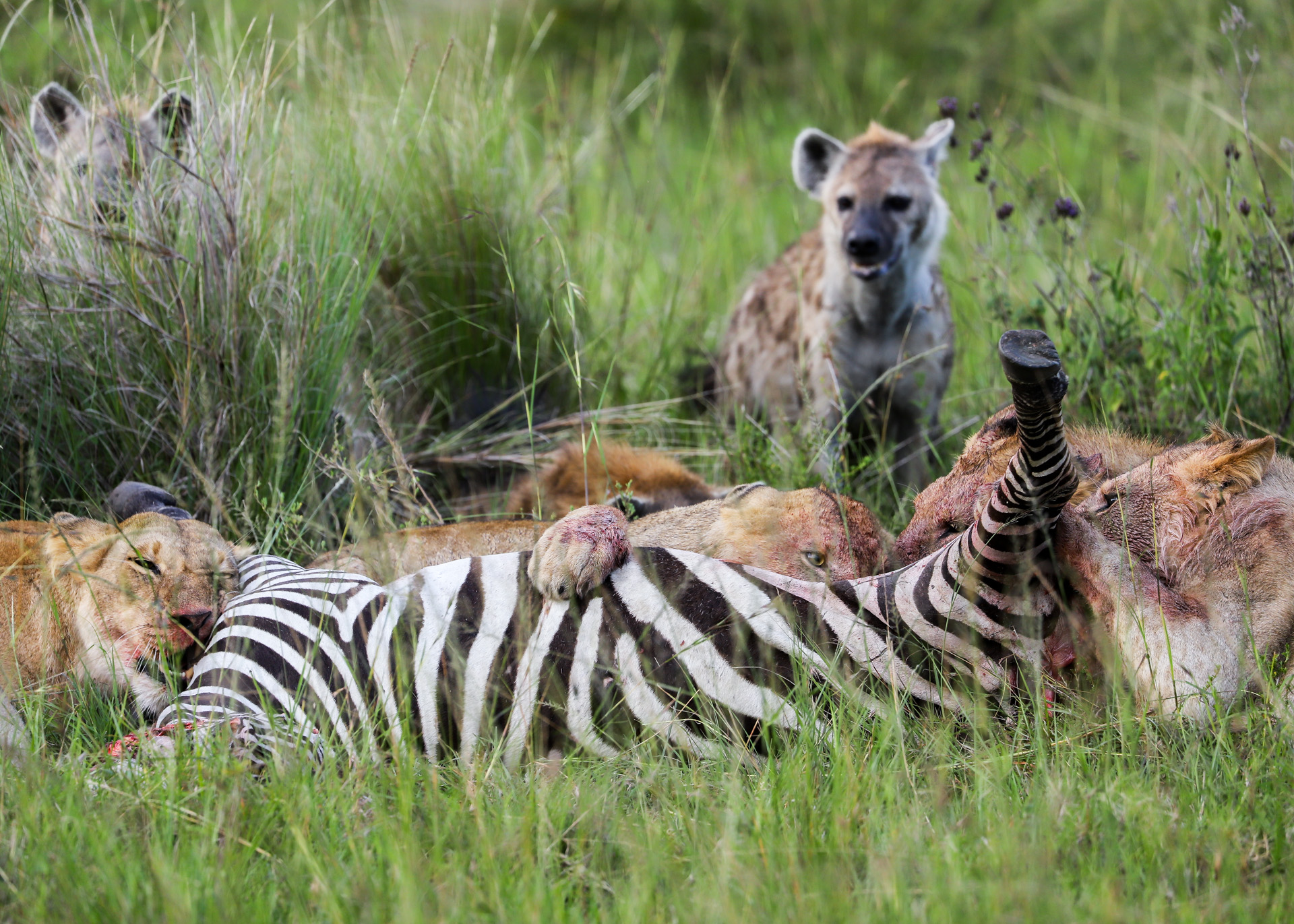
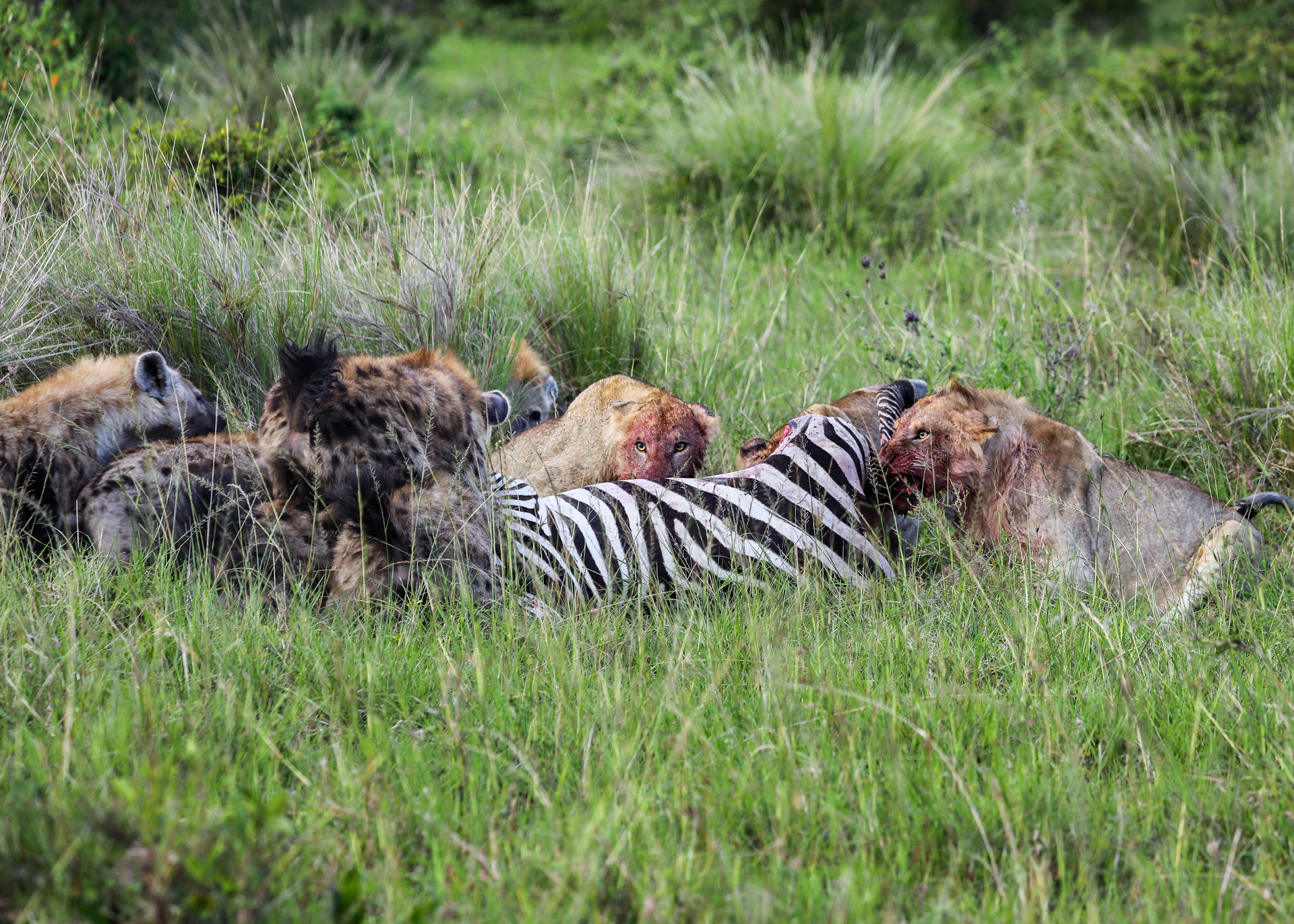
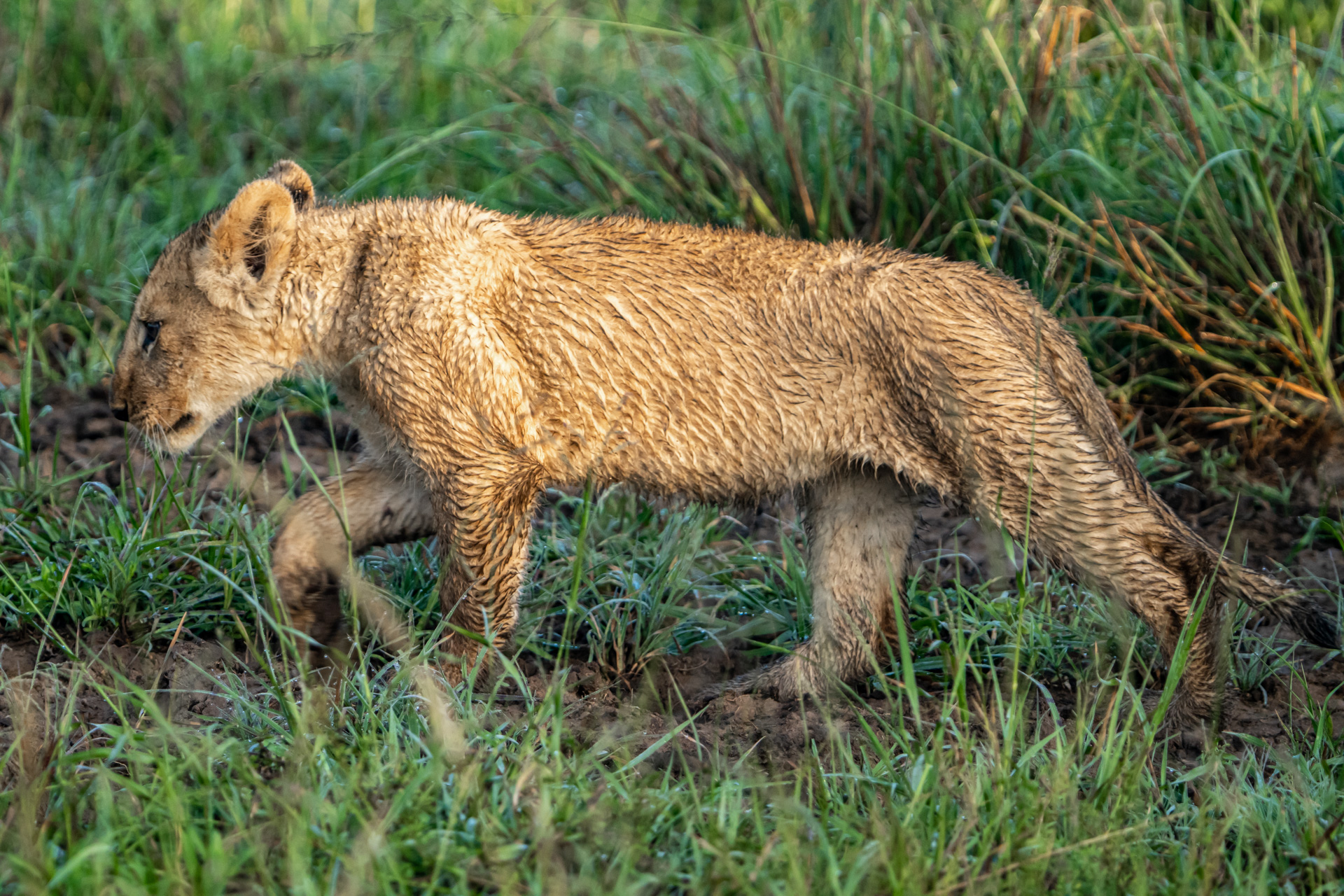
The Angama Pride lioness has had one mission and one mission only: to provide for her cubs. You may recall, she has been seen on several occasions hunting zebra. This week, two separate guests were able to get pictures of her with prey. Justin Kyngodon watched as she caught a warthog near the lodge. Later in the week, Jake and his father captured some images of her with the remains of a baby giraffe. It is incredible to watch this female defy the odds, as she battles for survival and rebuilds her pride.

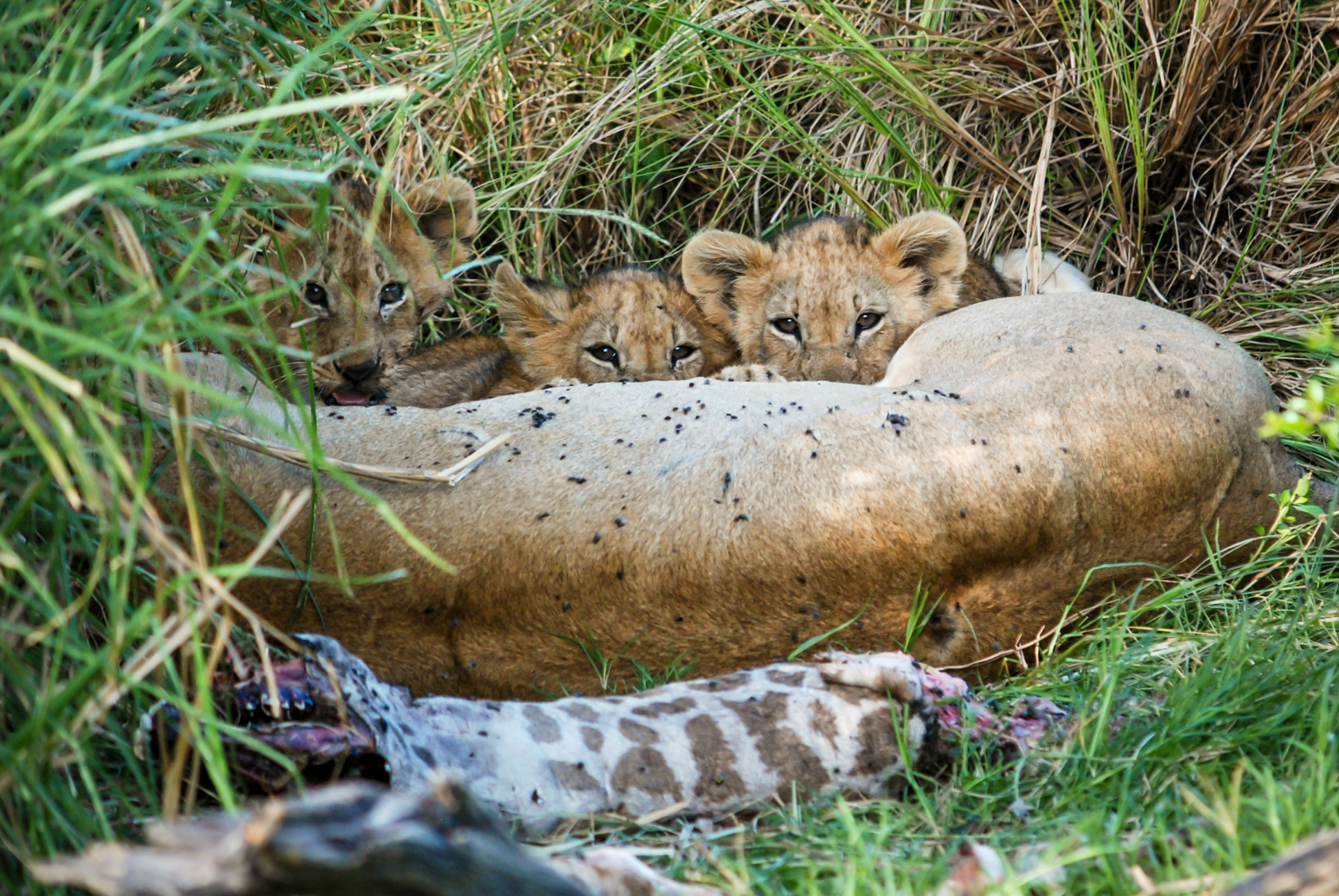
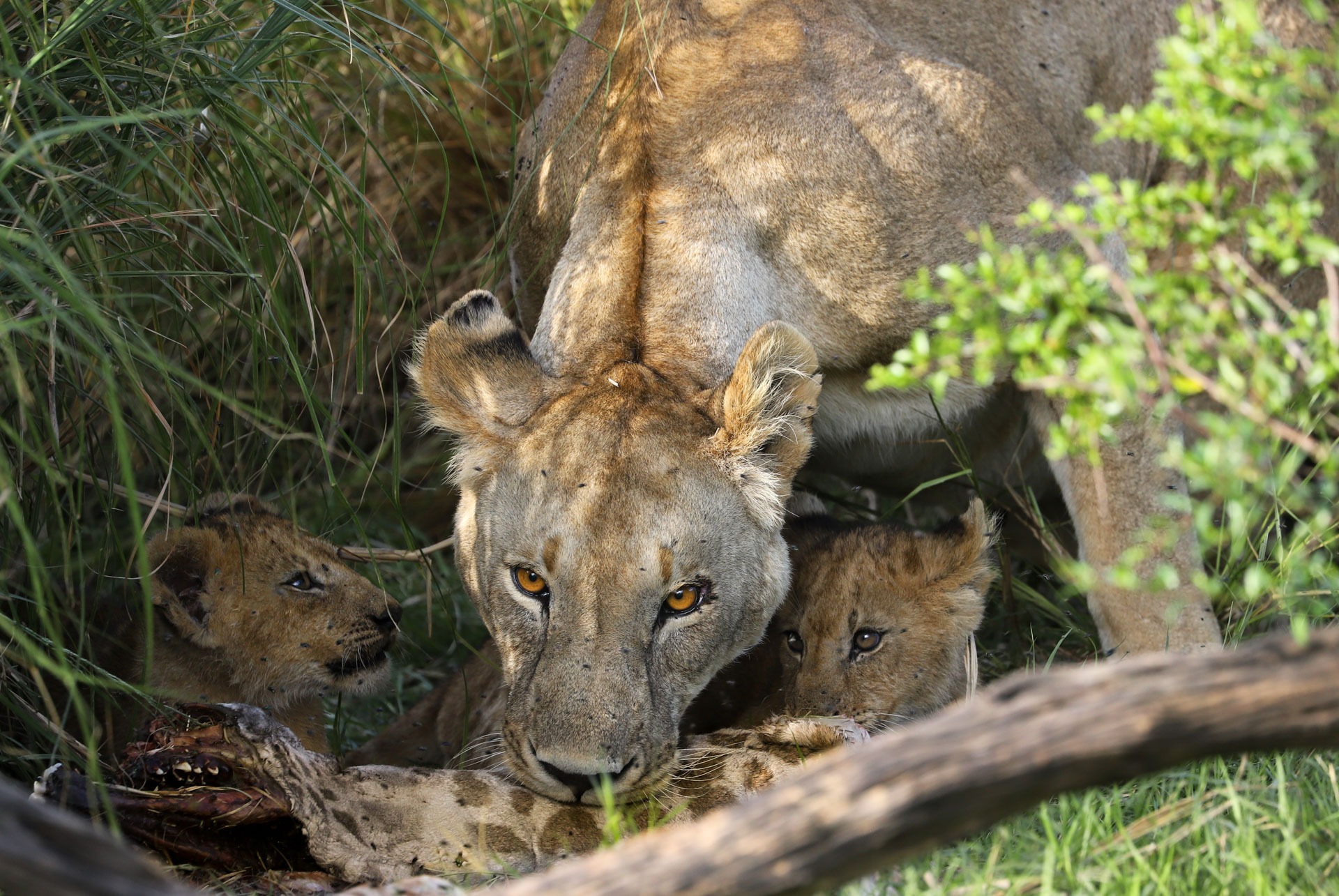
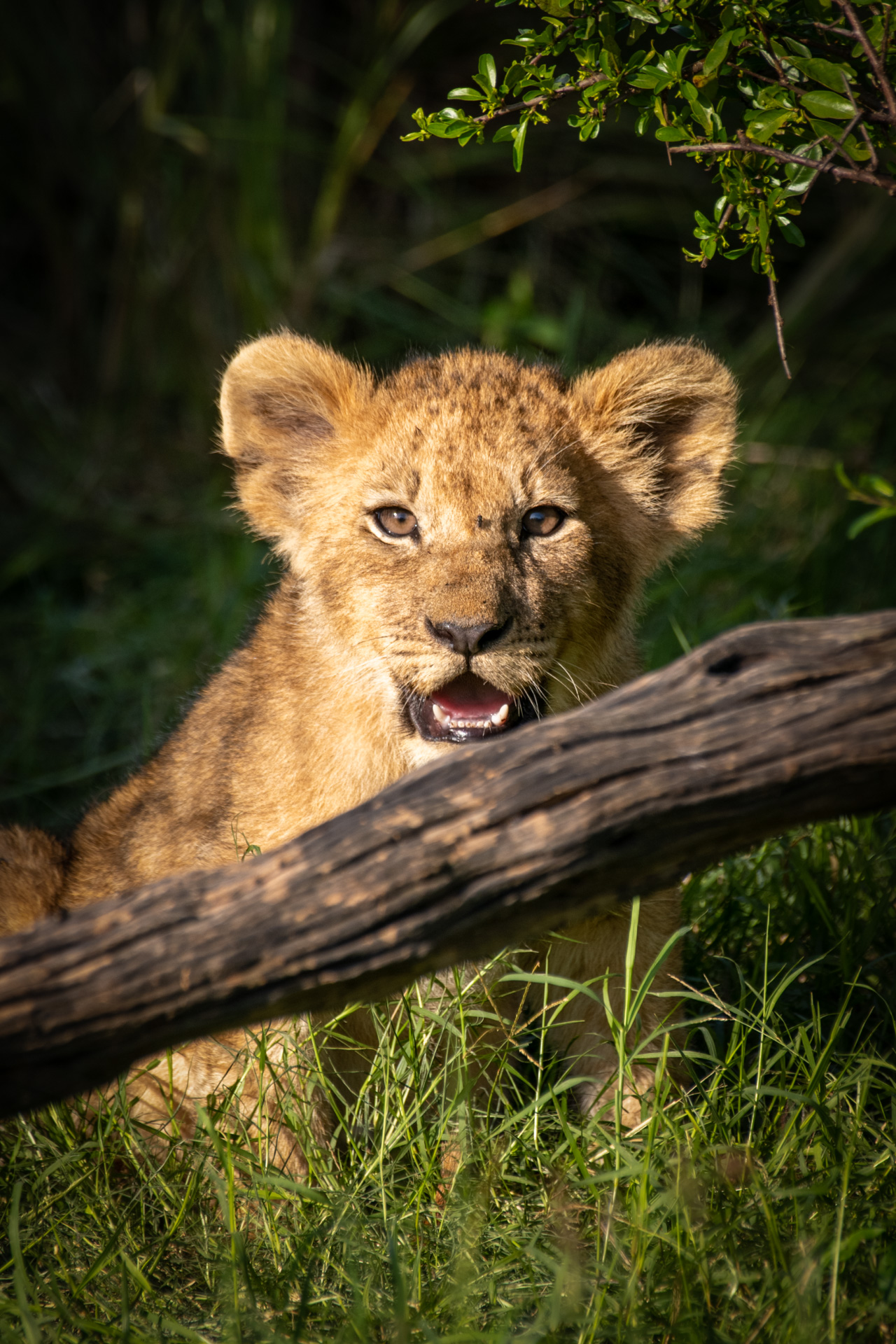
We also had some fairly unusual sightings this week. One of our guests, Katerina Rodriguez came across a rare moment of a bird of prey with an animal nearly its own size. Outside the park on the way back to the lodge, Wilson, another member of the Angama guiding team, noticed some commotion in a forested pocket near a small stream. It was a crowned eagle that had swooped down and landed on a juvenile Thomson's gazelle. The force of its impact and sharp claws killed the creature within moments. The female crowned eagle can weigh more than the male at almost 4,7kg and almost one hundred centimetres. It is by far one of the biggest and strongest birds here in the Mara.
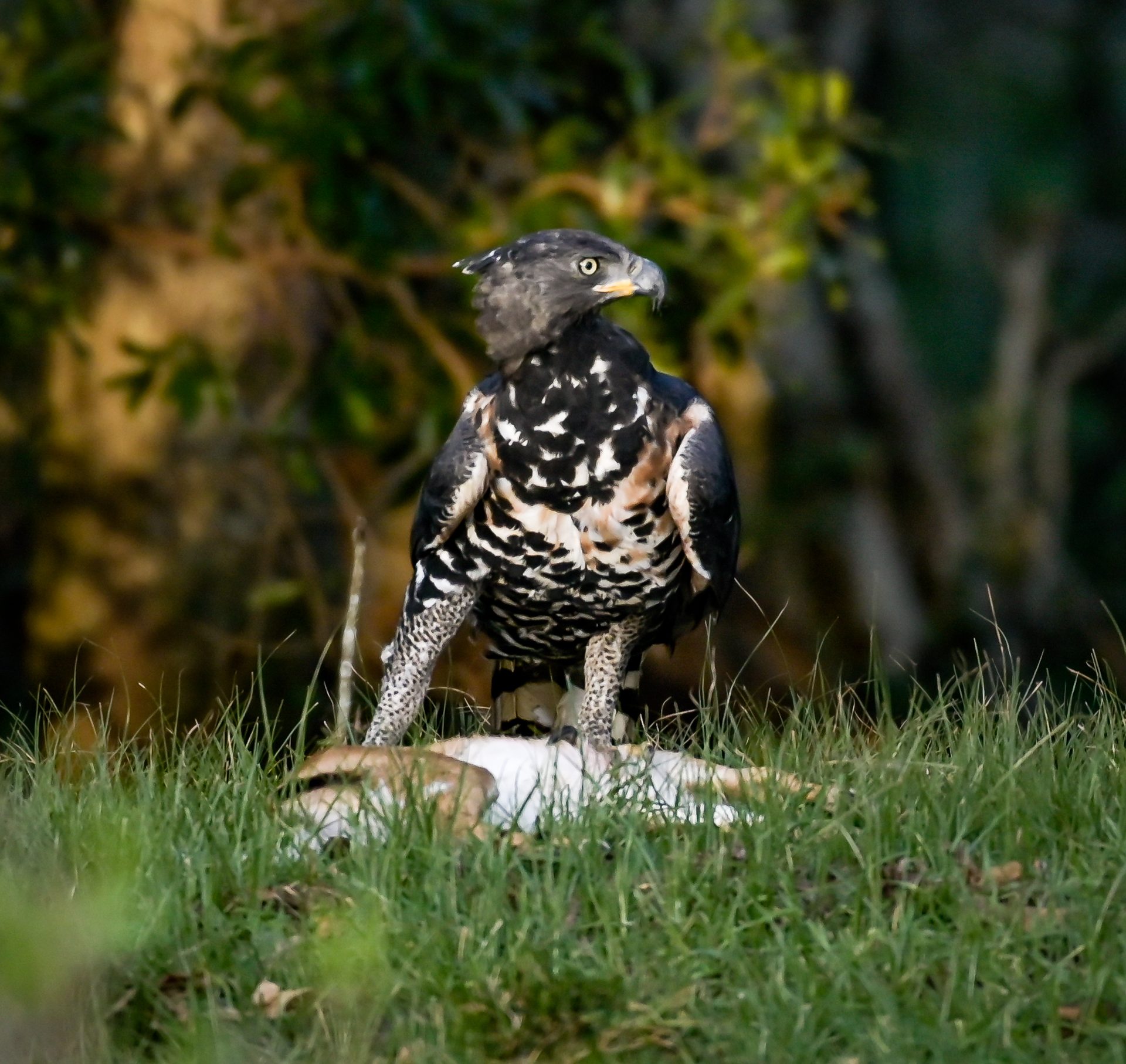
Another one of our guests, Francesca Bowen, was able to capture some images of hippos — which are well-documented herbivores — seemingly feeding on a zebra. After consulting with some of the guides, we think they may have been looking for a certain nutrient they are deficient in, or simply just trying to move the carcass away from them.
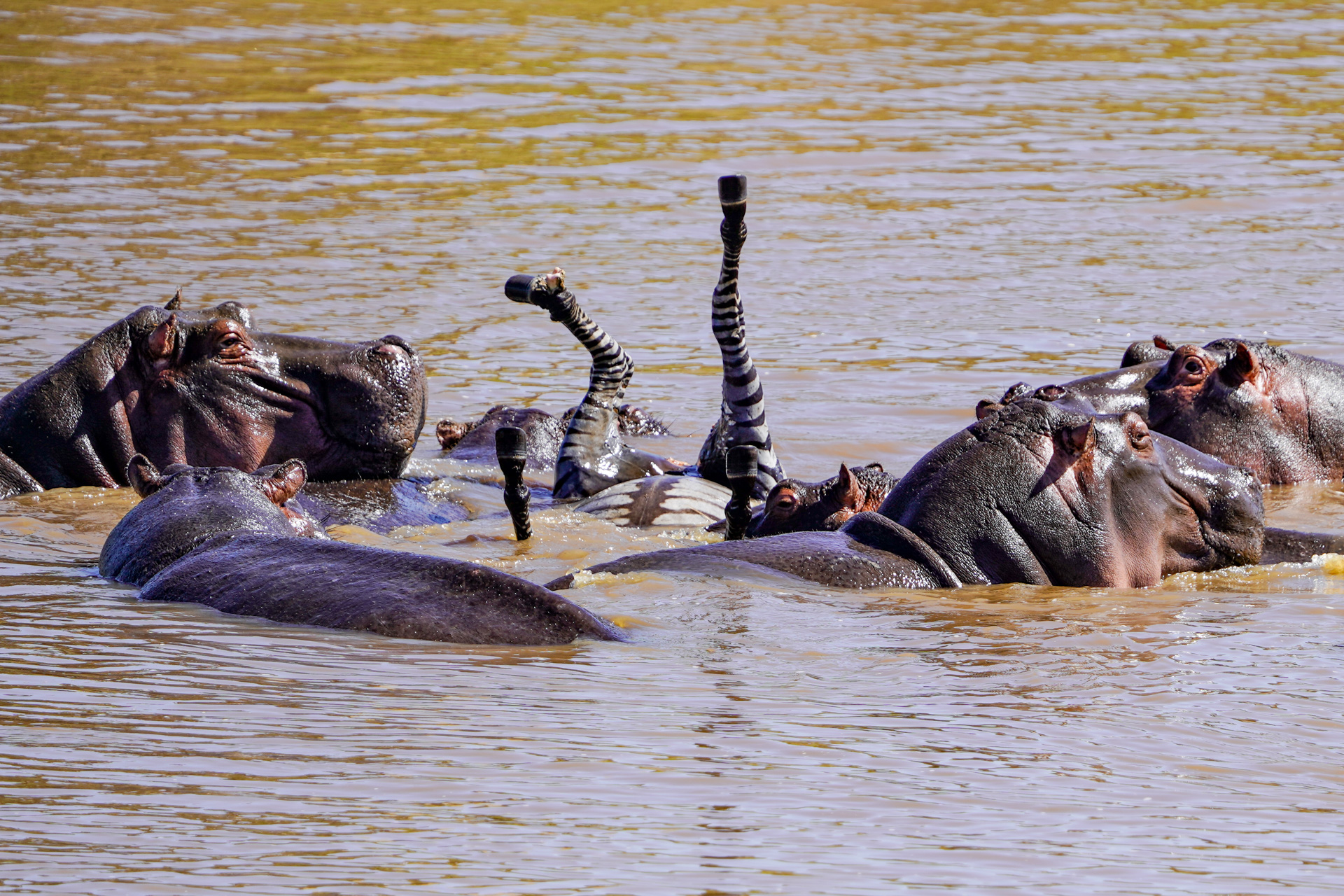

To end the highlights of this week, we leave you with some young ones doing what they do best — playing without a care in the world. Here, some young elephants wrestle while Risasi's cubs chase each other.
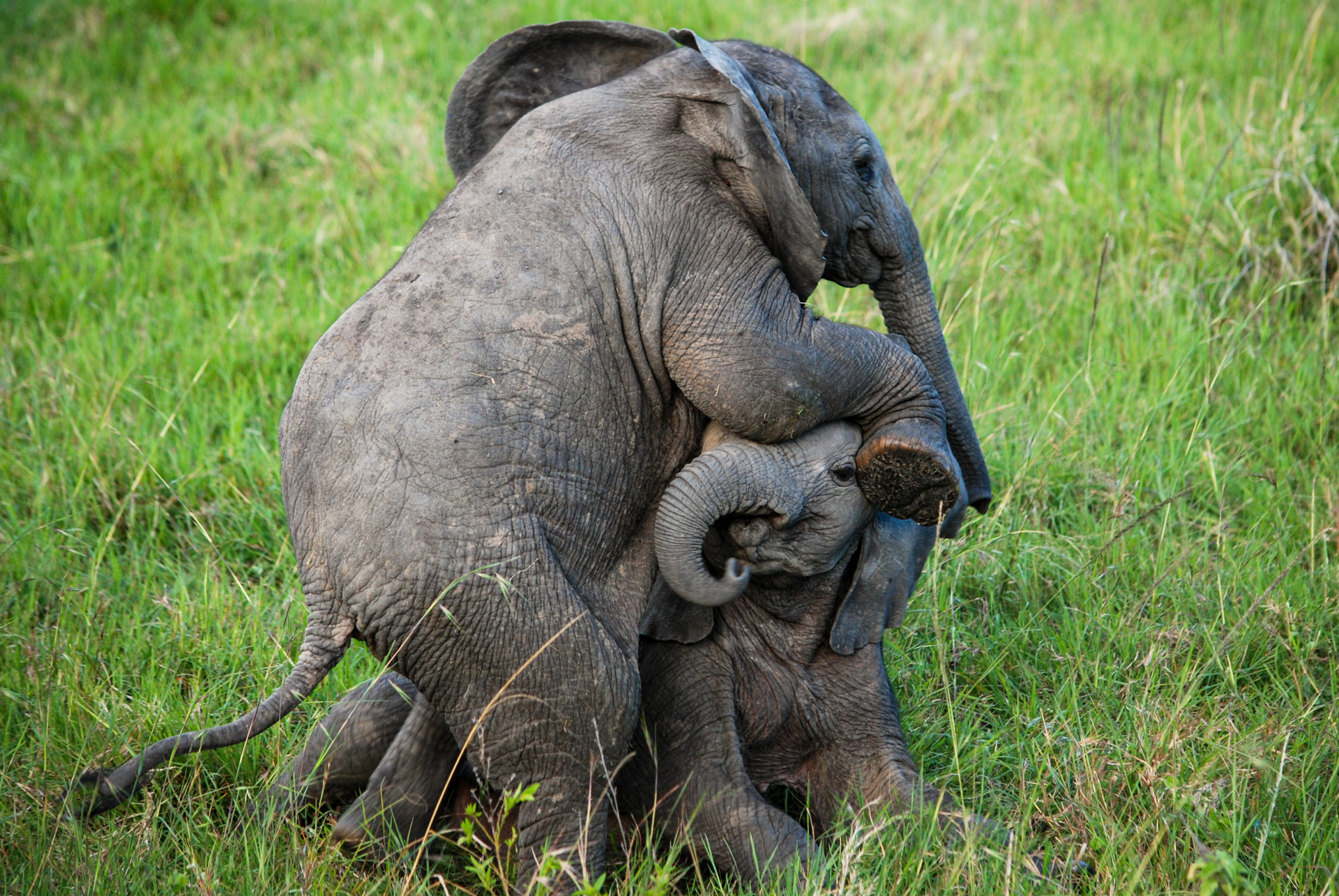

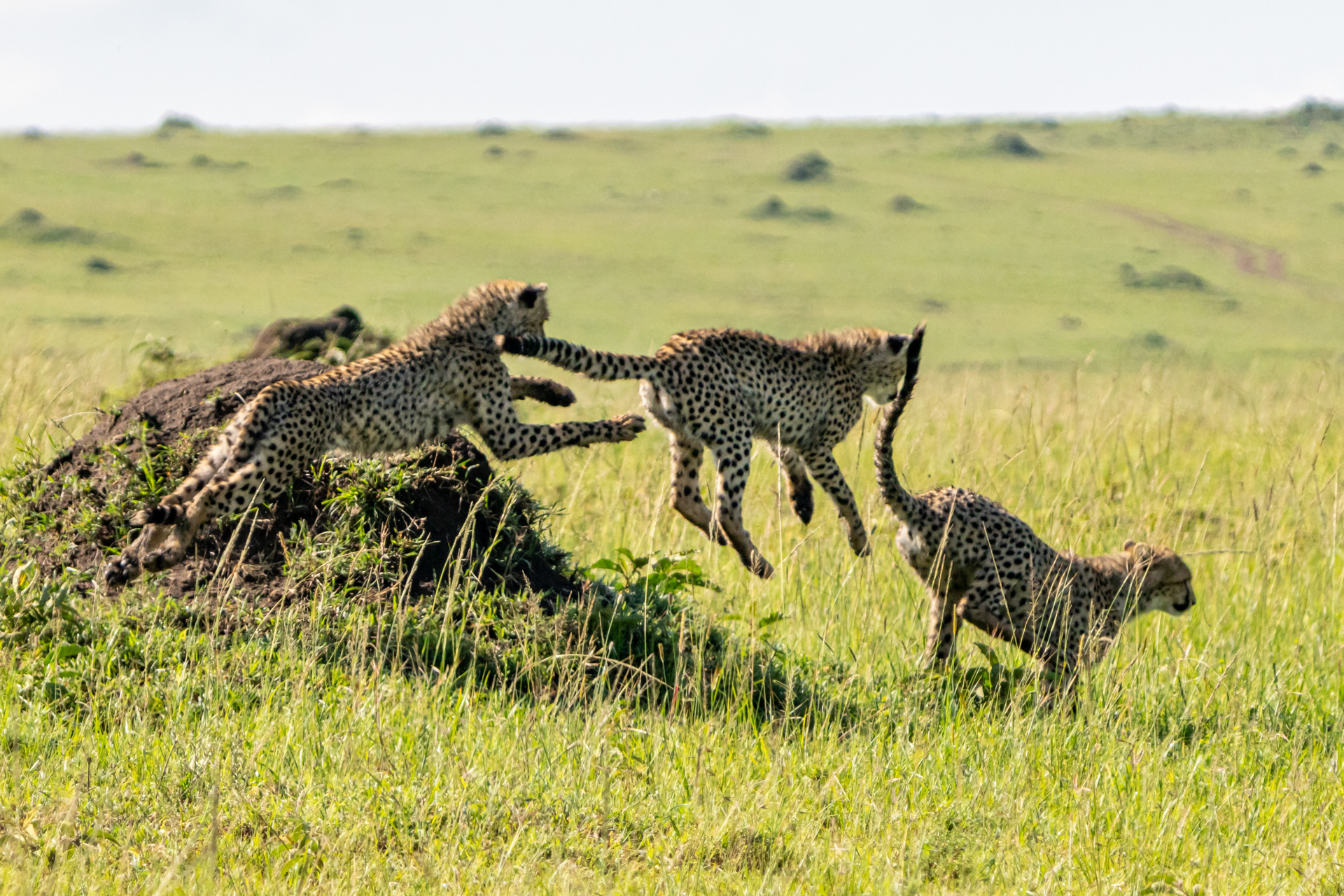
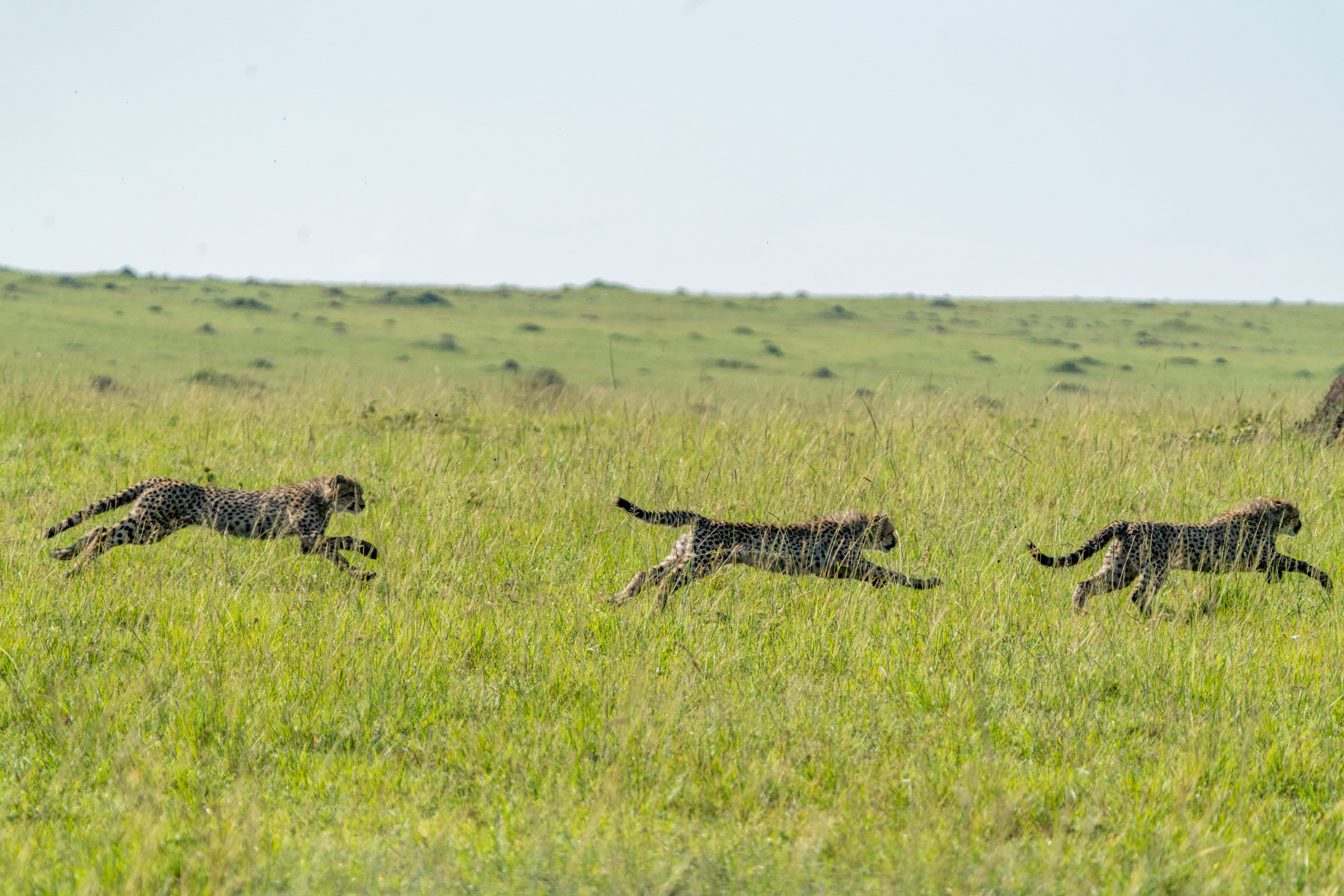

This time last year, we looked on in amazement (and slight horror) as a hyena ate another hyena. Apparently, beggars can't be choosers when you don't know where your next meal is coming from.
Filed under: This Week at Angama
Subscribe for Weekly Stories
Comments (0):

The Angama Foundation